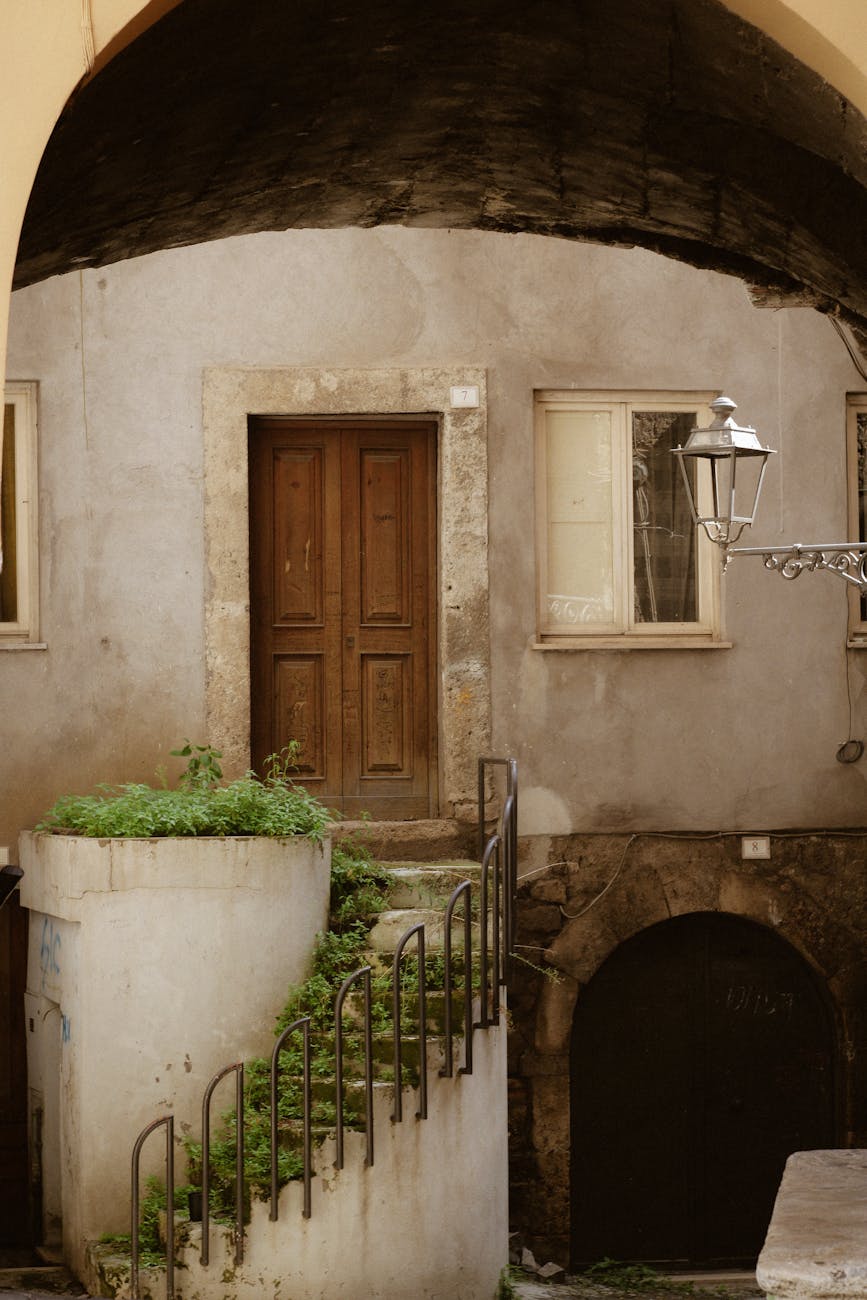The Rise of Eco-Friendly Tiny Homes: A Sustainable Living Solution

The eco-friendly tiny home movement is taking the world by storm
With the increasing focus on sustainability and minimalism, tiny homes have become not only a popular housing trend but also a statement about living a more eco-friendly and conscious lifestyle.
These compact living spaces are typically under 500 square feet and are designed to maximize functionality while minimizing environmental impact. From solar panels to composting toilets, tiny homes are pushing the boundaries of sustainable living.
The benefits of embracing tiny homes
One of the key advantages of tiny homes is their affordability. With lower construction costs and reduced energy expenses, going tiny can significantly lower your carbon footprint while saving you money in the long run.
Moreover, tiny homes encourage a simpler way of living, where possessions are limited to the essentials. This shift towards minimalism not only reduces clutter but also promotes a more mindful consumption habit.
Challenges and considerations
While the idea of living in a tiny home sounds idyllic, it's important to acknowledge the challenges that come with such a lifestyle. Space constraints require careful planning and organization, and not everyone may be suited for such a minimalistic living arrangement.
Additionally, zoning regulations and restrictions can pose obstacles for those looking to embrace the tiny home movement. Navigating legal requirements and finding suitable land for your tiny home can be a significant hurdle to overcome.
The future of sustainable living
As the interest in eco-friendly practices continues to grow, tiny homes represent a promising solution for those seeking to reduce their environmental impact without compromising on comfort. By embracing a simpler way of living in a compact, energy-efficient space, individuals can contribute to a more sustainable future for all.





